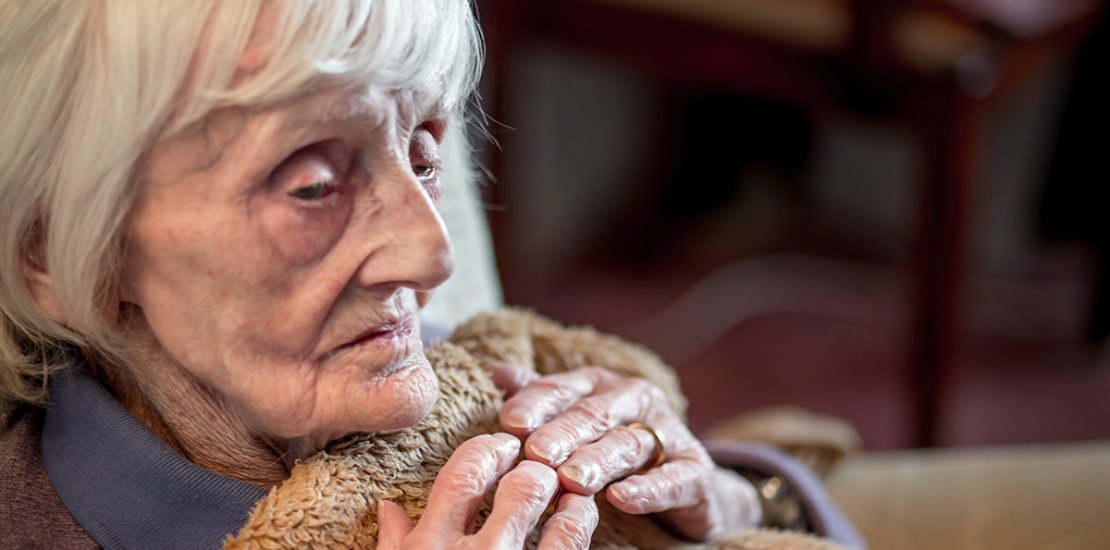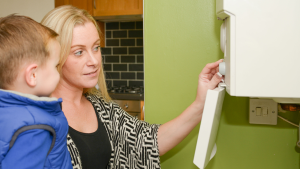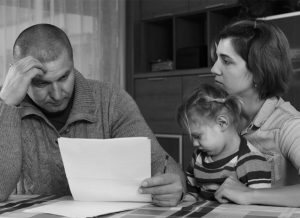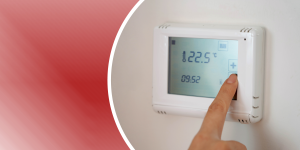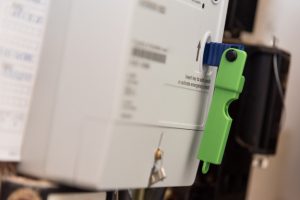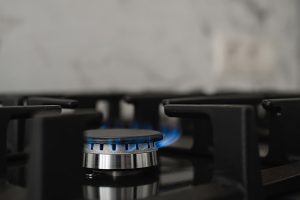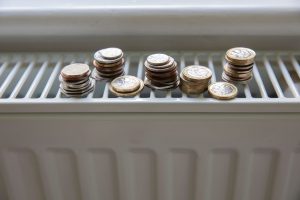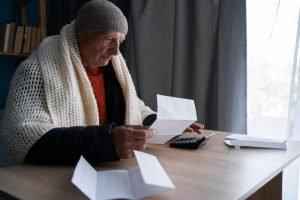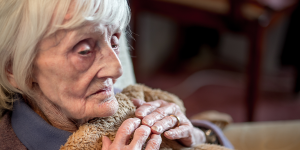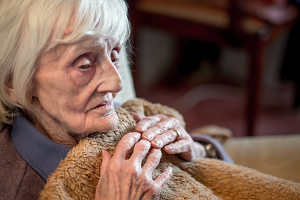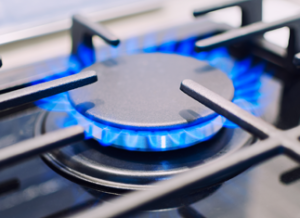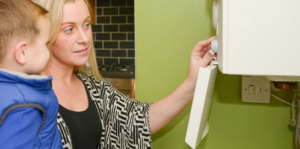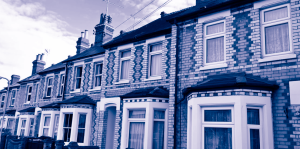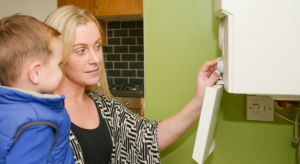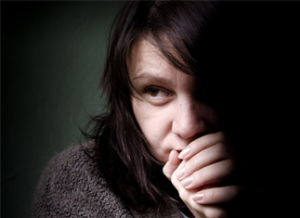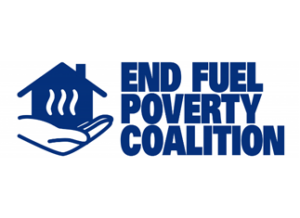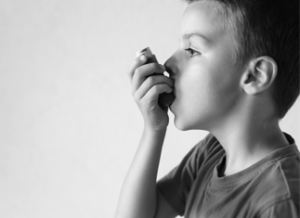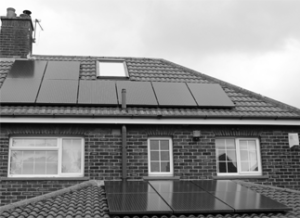- Today, ONS releases figures showing 13,400 more deaths occurred in the winter period (December 2021 to March 2022) compared with the average of the non-winter months.
- Fuel poverty charity National Energy Action says that based on modelling by the World Health Organisation, cold homes caused 4,020 excess winter deaths last year in England and Wales. That’s 45 people per day in winter months.
- Despite the new figures being the second lowest for decades, the charity warns they only cover last winter, when energy bills were half the amount that they are now.
- The report coincides with the full publication of National Energy Action’s Fuel Poverty Monitor, which finds that households that have a low income and have a medical condition or use powered medical equipment at home are most at risk of the worst impacts of living in a cold home.
- They say these households have not been provided with adequate support during the Energy Crisis and are fearful next year’s winter mortality figures will be much worse.
Today the Office of National Statistics (ONS) release figures showing there were 13,400 more deaths in England and Wales in the winter period (December 2021 to March 2022) compared with the average of the non-winter months.
Fuel poverty charity National Energy Action has said that up to 4,020 of these deaths were preventable and were caused by the impact of cold homes. That’s 45 people dying per day in the winter months last year – 42 in England and three in Wales. However, because of the time lag of the data, the true picture for this winter is likely to be much worse.
Last October 4.5 million UK homes were in fuel poverty, according to the charity’s figures, now – even with Government support, it’s 6.7 million UK households. The average annual bill has almost doubled in a year – from £1,271 to £2,500. The charity warns this means next year’s ONS figures are likely to be much worse.
Adam Scorer, chief executive of National Energy Action (NEA), said:
“Every year we see the consequences of failing to keep the most vulnerable people safe and warm during the coldest, winter months. Today’s figures show a significant drop in premature winter deaths, partly because of a higher number of deaths outside winter months, but it’s still 45 people per day in the winter months. The truth is that we should not accept any death directly caused by a cold, unsafe home.
“Next year, these statistics will expose the full impact of today’s energy crisis. The toxic combination of extraordinary heating costs, stagnant or falling incomes, and our notoriously poor, unhealthy housing stock will take a heavier toll with lives blighted by debt, ill health, and worse.
“Milder weather may not save us, or thousands of vulnerable households this winter. We must do all we can now to prevent a public health emergency and further needless deaths. Fuel poverty needs long term solutions, but this winter we need the UK Government to give more support and stop millions falling through the cracks with the most awful consequences.”
NEW FUEL POVERTY MONITOR RELEASE
The ONS figures cover the same period as National Energy Action’s Fuel Poverty Monitor, which is released in full on Thursday 19 January. The Executive Summary was released on Tuesday 17 January.
The Fuel Poverty Monitor shows that households falling into multiple intersecting categories of vulnerability are being disproportionately affected by the Energy Crisis.
While all low-income households are feeling a significant strain during the crisis, impacts go beyond those receiving means-tested benefits, and are felt most acutely by those households that have intersecting categories of vulnerability. These households are not caught by traditional identification measures and new ways of finding vulnerable households are required.
In particular, those households that have both a low income and have a medical condition or in need of powered medical equipment at home are most at risk of the worst impacts of living in a cold home. They have not been provided with adequate support.
Previous research has consistently demonstrated the links between cold homes and health conditions, especially musculoskeletal, cardiovascular, and respiratory conditions, as well as conditions related to mental ill health.[i] And, a recent systematic review of evidence from across the globe concluded that fuel poverty is associated with “poorer general health, poorer mental health, poorer respiratory health, more and worse controlled chronic conditions, higher mortality, higher use of health services and higher exposure to health risks, with worse results for vulnerable groups across dimensions of inequality.”[ii] Moreover, cold homes are linked to the development and/or exacerbation of cold-related illnesses, especially in winter, and contribute directly to excess winter deaths, hospitalisations, and wider pressure on health and social care services.
ENDS
Notes to editors
If this goes online, please credit www.nea.org.uk/energyhelp. If you tweet, please include @NEA_UKCharity.
Go to https://www.nea.org.uk/publications/uk-fuel-poverty-monitor-2021-22/ for the Fuel Poverty Monitor
The World Health Organisation attributes 30% of all excess winter deaths to the impact of cold homes. This is based on a report from 2011, which is available here: https://www.euro.who.int/__data/assets/pdf_file/0003/142077/e95004.pdf (page 82). Since then, the UK Government have underlined that the impact of cold on health, is amplified by COVID-19, particularly to those most vulnerable. See: https://www.gov.uk/government/publications/health-matters-cold-weather-and-covid-19/health-matters-cold-weather-and-covid-19
| Country | 2021/22 (incl. COVID) | Number attributable to cold homes* | 2021/22 (excl. COVID) | Number attributable to cold homes* |
| England | 12700 | 3810 | 8800 | 2640 |
| Wales | 800 | 240 | 800 | 240 |
| England and Wales | 13400 | 4020 | 9400 | 2820 |
Source: NEA using ONS 2021-22 (Provisional, rounded to nearest 100 – may not sum) (2023) data
*based on WHO (2011) 30% estimate and rounded to nearest 10
i] NEA (2018) Under One Roof; NEA (2017) Connecting Homes for Health: Phase 1 Review.
[ii] Ballesteros-Arjona, V. et al. (2022) What are the effects of energy poverty and interventions to ameliorate it on people’s health and well-being?: A scoping review with an equity lens, Energy Research and Social Science 87: 102456, p.1.


